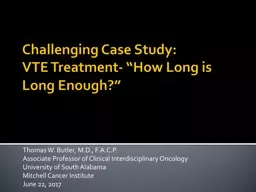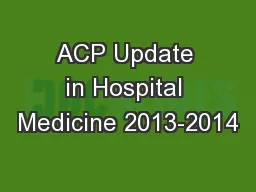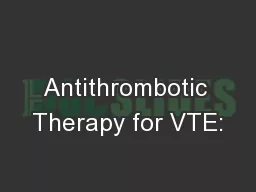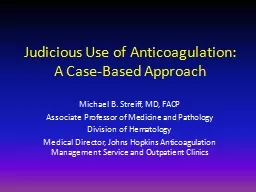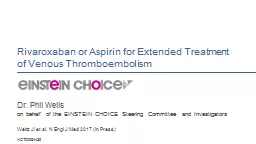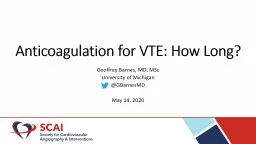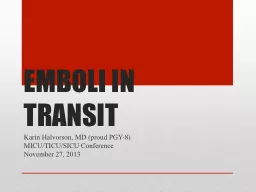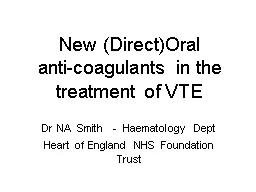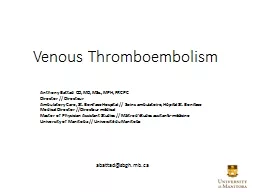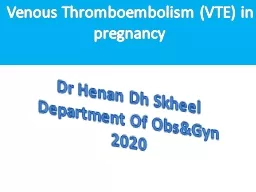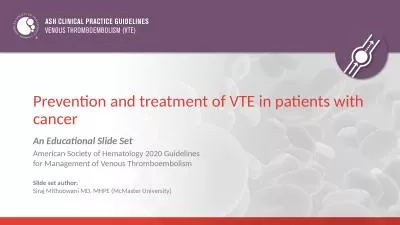PPT-Challenging Case Study: VTE Treatment- “How Long is Long Enough?”
Author : olivia-moreira | Published Date : 2020-04-03
Thomas W Butler MD FACP Associate Professor of Clinical Interdisciplinary Oncology University of South Alabama Mitchell Cancer Institute June 22 2017 Thomas W Butler
Presentation Embed Code
Download Presentation
Download Presentation The PPT/PDF document " Challenging Case Study: VTE Treatment- ..." is the property of its rightful owner. Permission is granted to download and print the materials on this website for personal, non-commercial use only, and to display it on your personal computer provided you do not modify the materials and that you retain all copyright notices contained in the materials. By downloading content from our website, you accept the terms of this agreement.
Challenging Case Study: VTE Treatment- “How Long is Long Enough?”: Transcript
Download Rules Of Document
" Challenging Case Study: VTE Treatment- “How Long is Long Enough?”"The content belongs to its owner. You may download and print it for personal use, without modification, and keep all copyright notices. By downloading, you agree to these terms.
Related Documents

